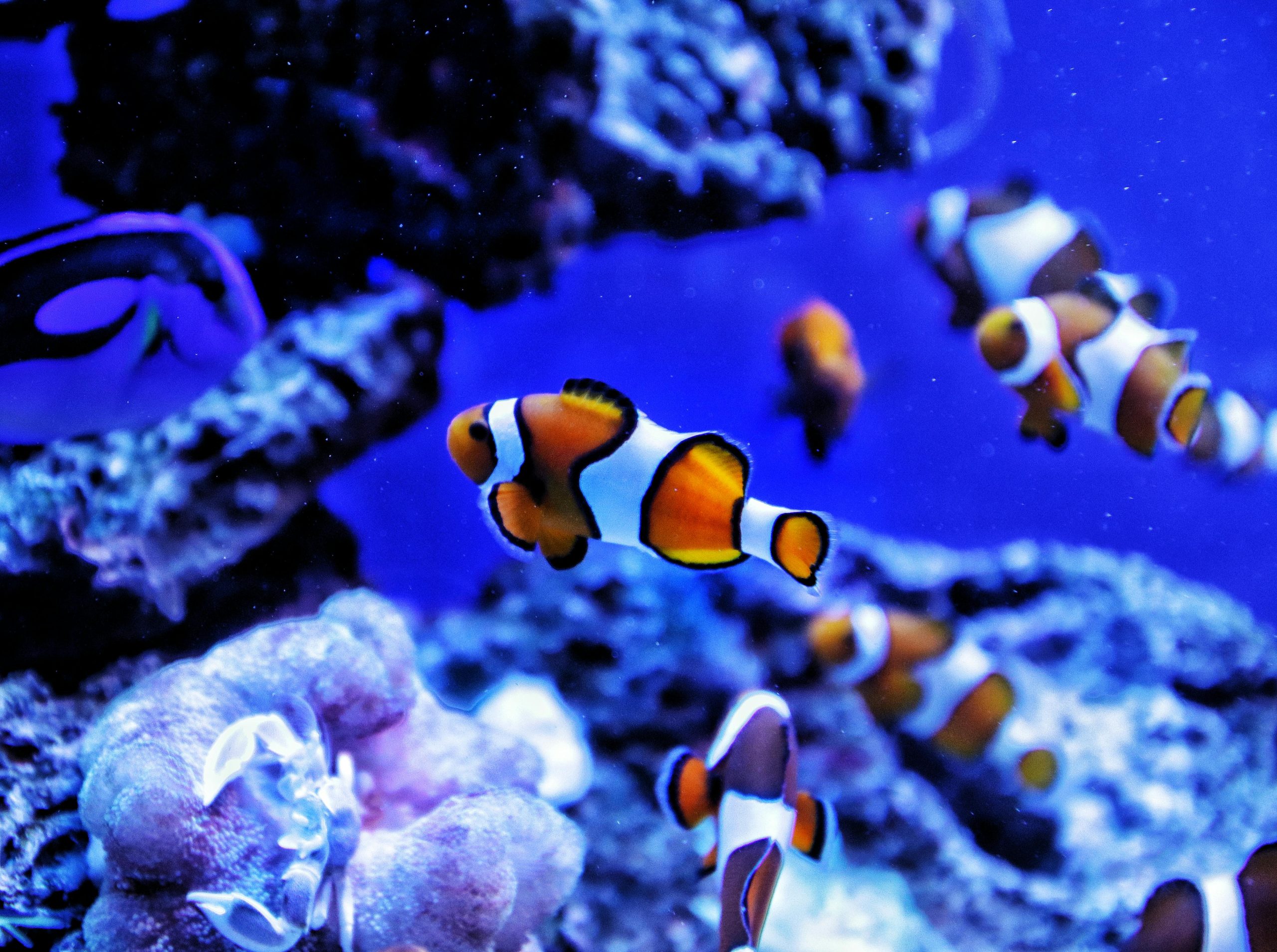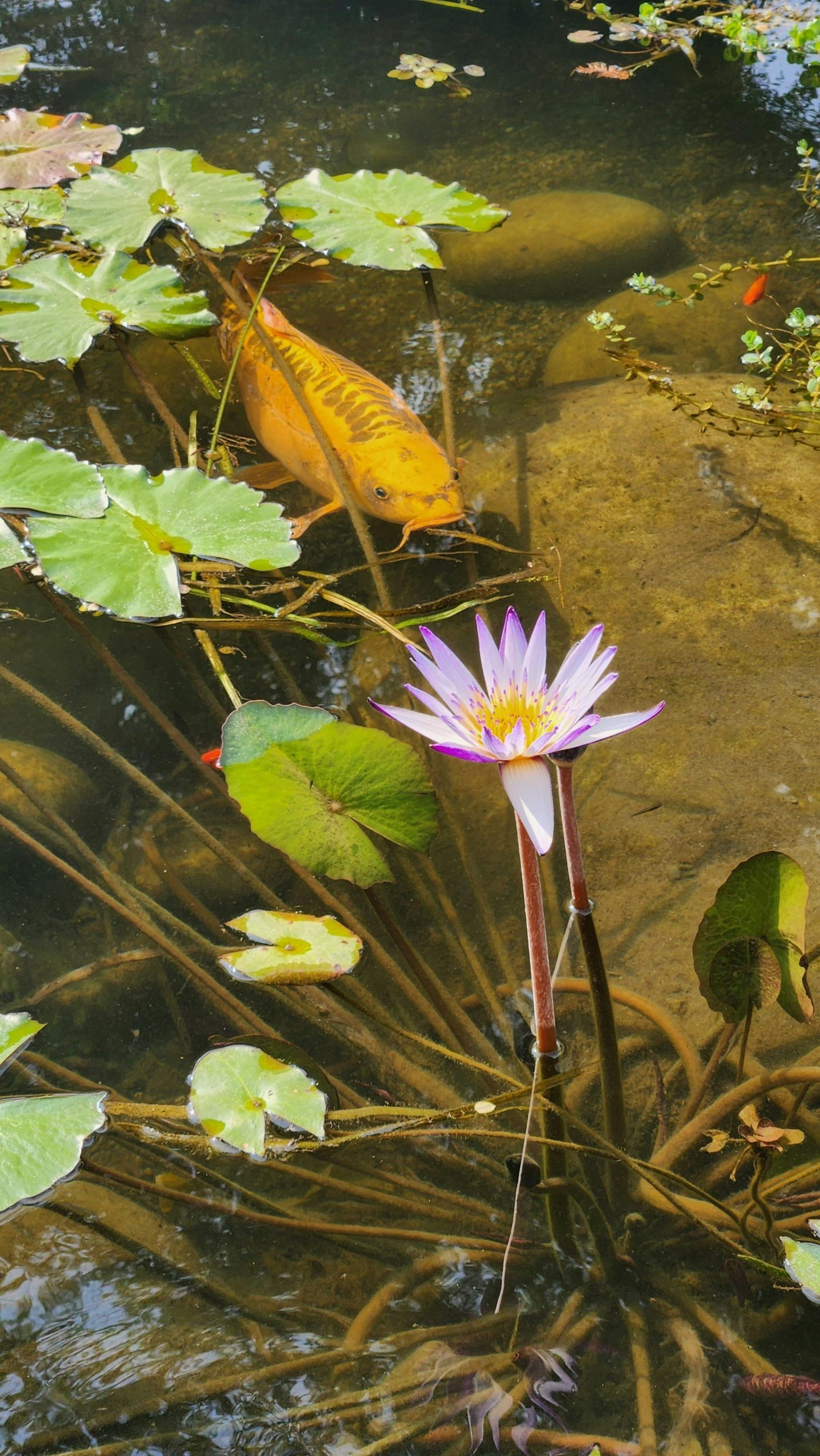Table of Contents
![]()
Introduction
A quarantine tank is a separate, temporary aquarium used to isolate and observe new or sick fish before introducing them into a main tank. This precautionary measure is vital for maintaining a healthy and stable aquarium environment. In this article, we will explore the significance of quarantine tanks in preventing disease outbreaks, reducing stress, supporting effective treatment, facilitating acclimation, and enhancing overall aquarium health.
Preventing Disease Outbreaks
Isolation of New Arrivals
One of the primary purposes of a quarantine tank is to prevent the introduction of diseases and parasites into a well-established aquarium. When new fish are added directly to the main tank, they might carry pathogens that can quickly spread and compromise the health of existing fish. By isolating new arrivals in a quarantine tank, aquarists can observe them for any signs of illness or parasites before introducing them to the main tank. This step is crucial in maintaining a disease-free environment and ensuring that any potential health issues are addressed promptly.
Observation and Diagnosis
A quarantine tank provides a controlled environment where fish can be closely monitored for signs of disease. Early detection is key to preventing the spread of illness. In this setting, symptoms can be observed more clearly without the interference of other tank inhabitants, allowing for accurate diagnosis and treatment. This proactive approach can significantly reduce the risk of widespread disease outbreaks.
Reducing Stress on Main Tank Ecosystem
Avoiding Disturbances
Introducing new or sick fish directly into the main tank can cause significant disturbances. New fish might carry diseases that could affect the entire tank, while sick fish can add stress and potentially transmit illness. By using a quarantine tank, these potential disturbances are contained, allowing the main tank’s ecosystem to remain stable and healthy.
Maintaining Water Quality
The introduction of new fish can impact the water quality of the main tank, particularly if the new fish are stressed or carrying pathogens. A quarantine tank helps mitigate this risk by allowing for any necessary treatments and adjustments to water parameters without affecting the main tank. This approach helps maintain optimal water quality and reduces the chances of contamination.
Supporting Effective Treatment
Targeted Treatment
A quarantine tank allows for targeted treatment of diseases or parasites without affecting the main tank’s ecosystem. Medications and treatments can be administered in a controlled environment, ensuring that the main tank remains unaffected. This targeted approach is more effective and less disruptive, facilitating a quicker recovery for the quarantined fish.
Control of Environmental Conditions
Quarantine tanks provide the flexibility to adjust water parameters specifically for the treatment and recovery of sick fish. This controlled environment is essential for administering medications and monitoring the fish’s response to treatment. It also allows for the isolation of any potential pathogens, preventing them from affecting other tank inhabitants.
Facilitating Fish Acclimation
Gradual Introduction
Acclimating new fish to a quarantine tank allows them to adjust to different water conditions gradually. This gradual introduction helps reduce shock and stress, which can otherwise lead to health issues or behavioral problems. By giving fish time to acclimate in a separate tank, they are more likely to adapt successfully when eventually introduced to the main tank.
Behavioral Observation
A quarantine tank also provides an opportunity to observe the behavior of new fish before introducing them to the main tank. This observation period helps determine if the new fish will be compatible with existing tank mates, reducing the risk of aggression or territorial disputes.
Enhancing Overall Aquarium Health
Reduced Risk of Cross-Contamination
By isolating new or sick fish in a quarantine tank, the risk of cross-contamination is significantly reduced. This precautionary measure ensures that diseases and parasites do not spread to the main tank, helping to maintain a healthier and more stable aquarium environment.
Long-Term Sustainability
Maintaining a quarantine tank contributes to the long-term sustainability of the aquarium. By preventing disease outbreaks and minimizing stress on the main tank’s ecosystem, aquarists can ensure that both new and existing fish thrive in a stable environment. This proactive approach supports the overall health and longevity of the aquarium.
Practical Considerations
Setting Up a Quarantine Tank
Setting up a quarantine tank involves selecting an appropriate size, equipment, and ensuring proper water parameters. A quarantine tank does not need to be as elaborate as a main tank but should include basic equipment such as a heater, filter, and aeration system. Water quality should be closely monitored, and the tank should be kept clean and well-maintained.
Best Practices for Quarantine Procedures
The recommended duration for quarantine is typically 2-4 weeks, depending on the species and health of the fish. During this period, it is important to monitor water quality, observe the fish for signs of illness, and administer any necessary treatments. Regular water changes and careful observation are essential for ensuring the health of the quarantined fish.
Conclusion
In summary, quarantine tanks play a crucial role in successful aquarium management by preventing disease outbreaks, reducing stress on the main tank ecosystem, supporting effective treatment, facilitating fish acclimation, and enhancing overall aquarium health. By implementing a quarantine tank, aquarists can maintain a stable and healthy environment for all their fish, ensuring a thriving and vibrant aquarium.
Share This





Be the first to comment